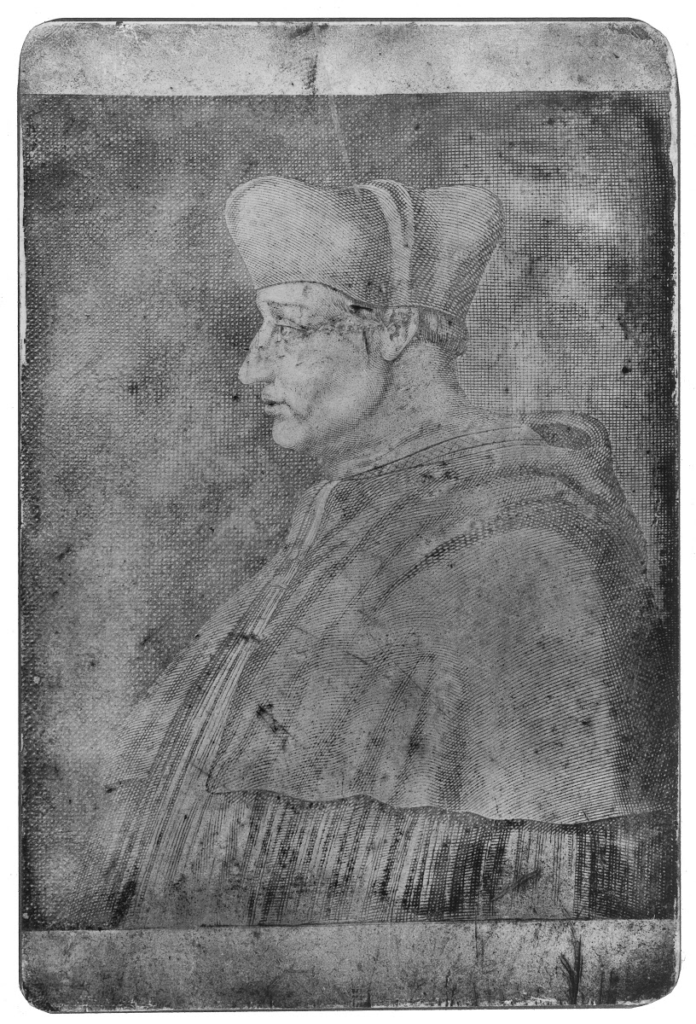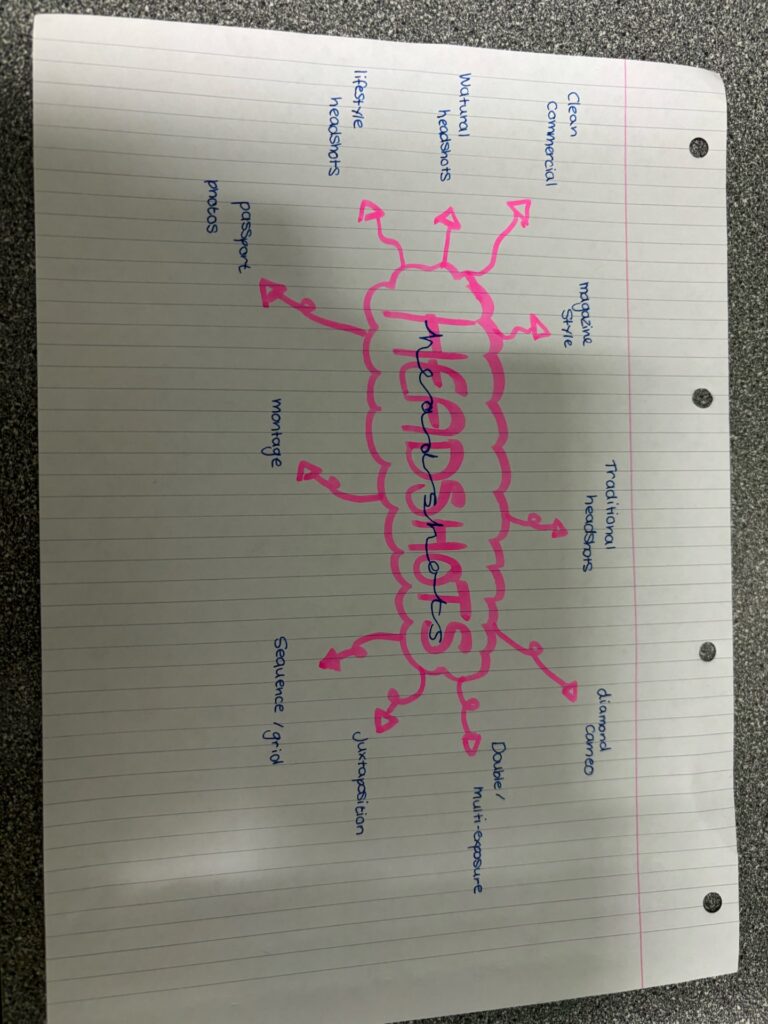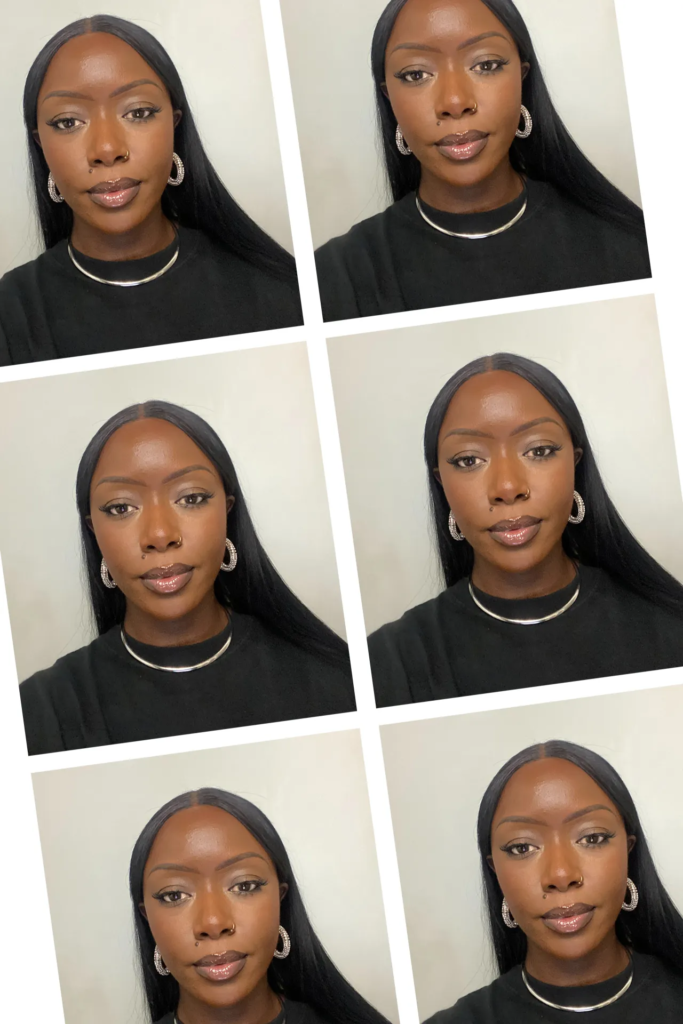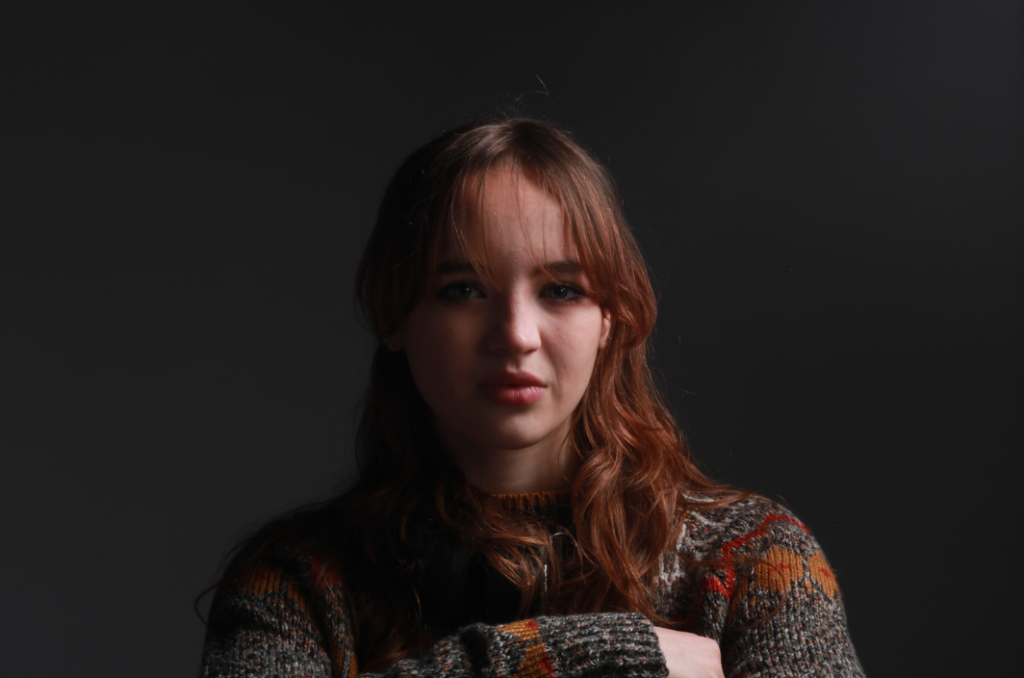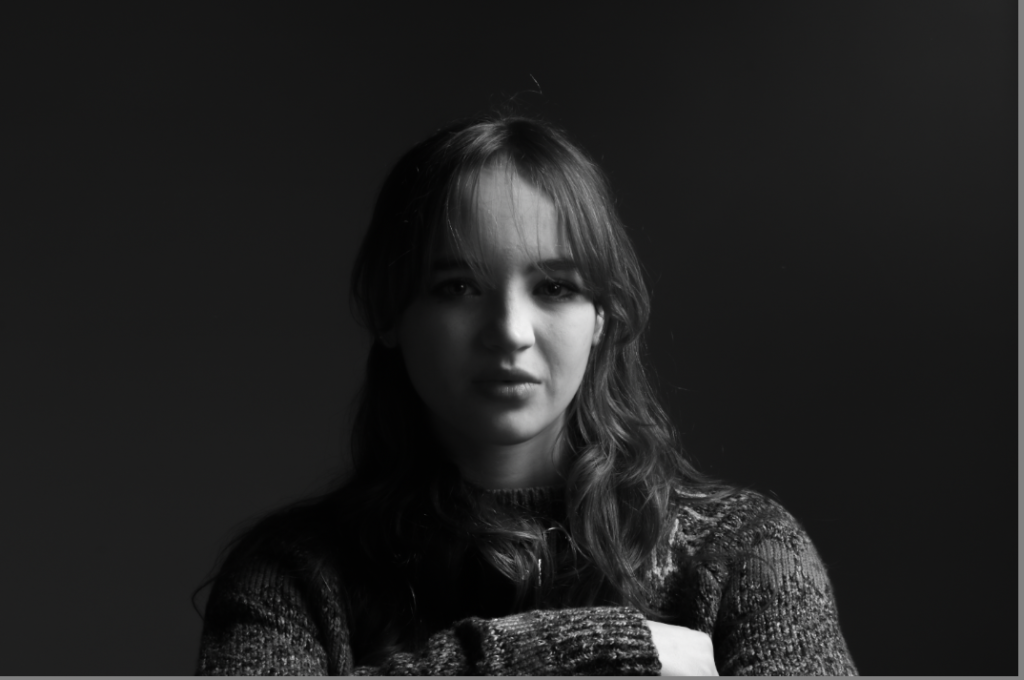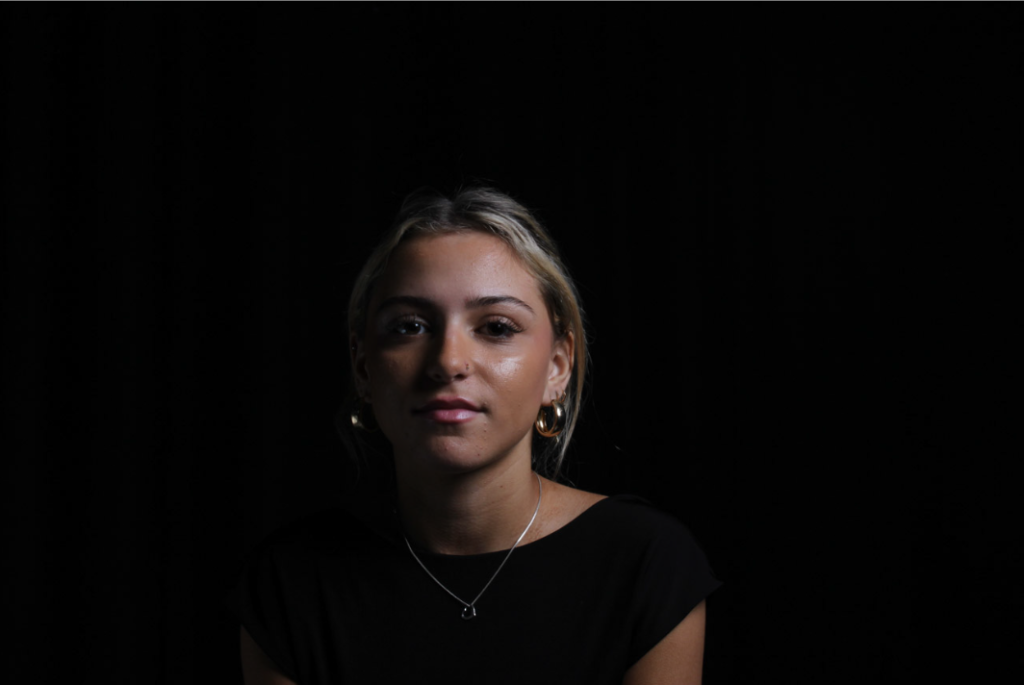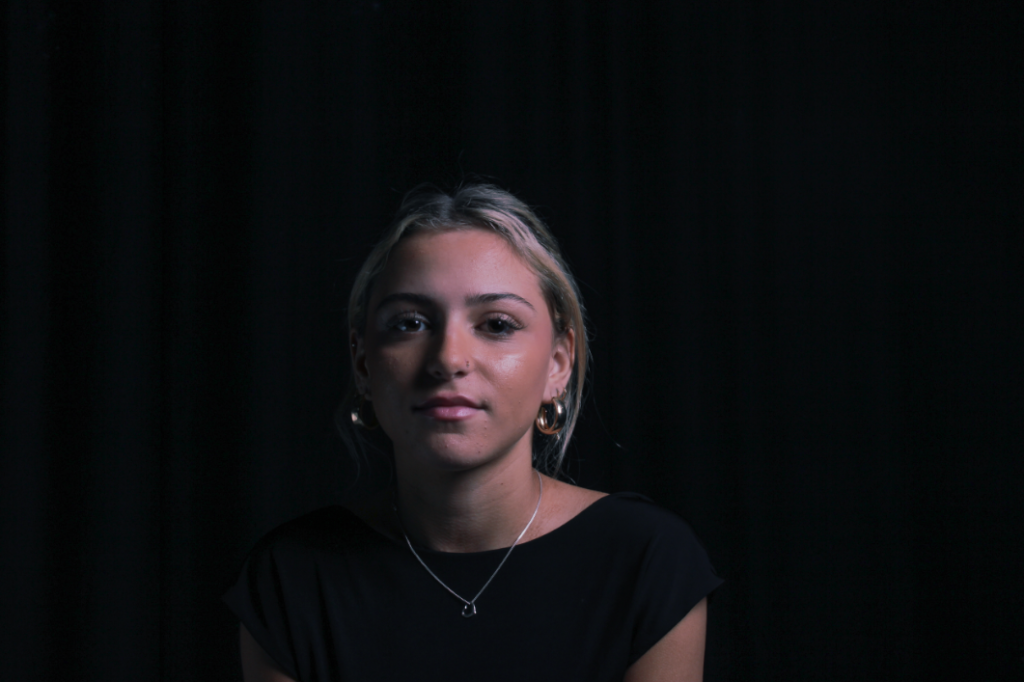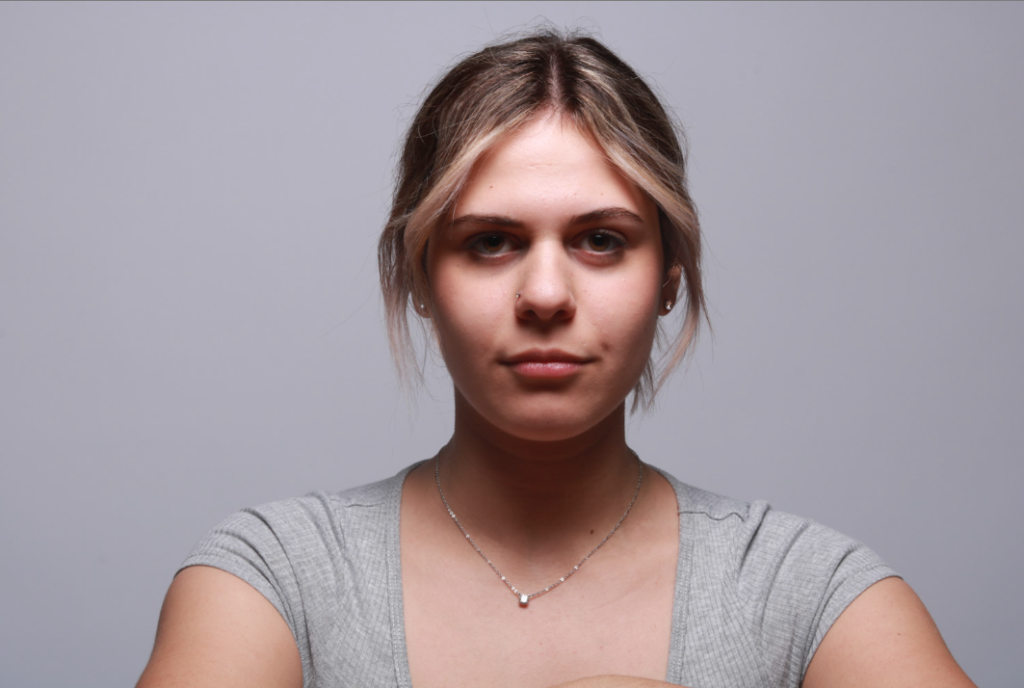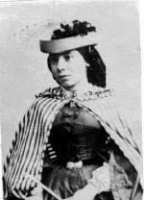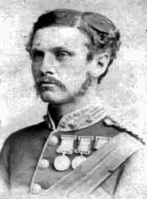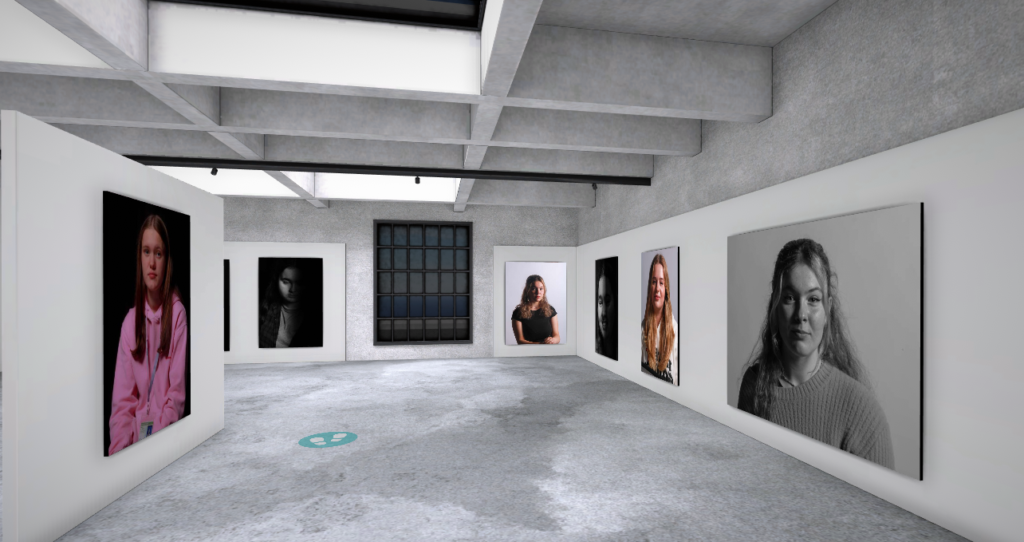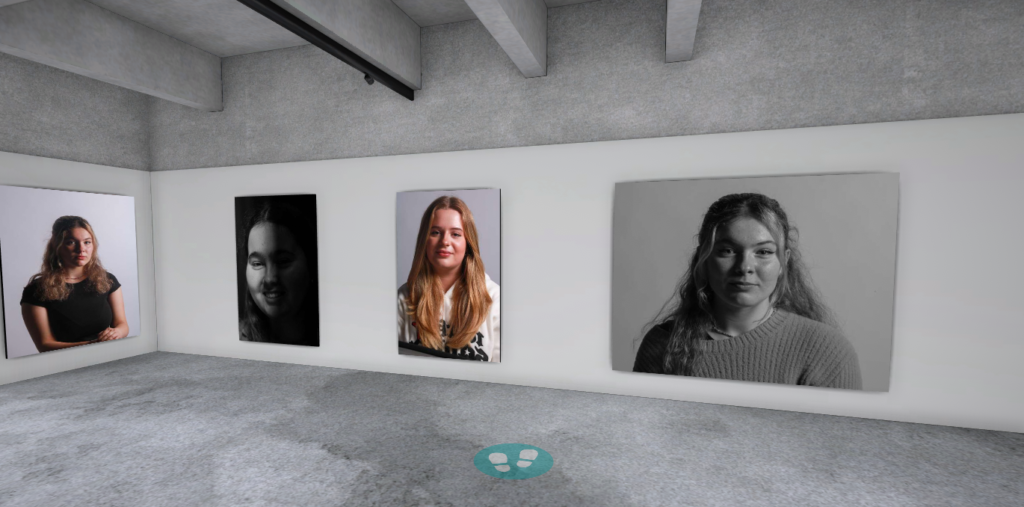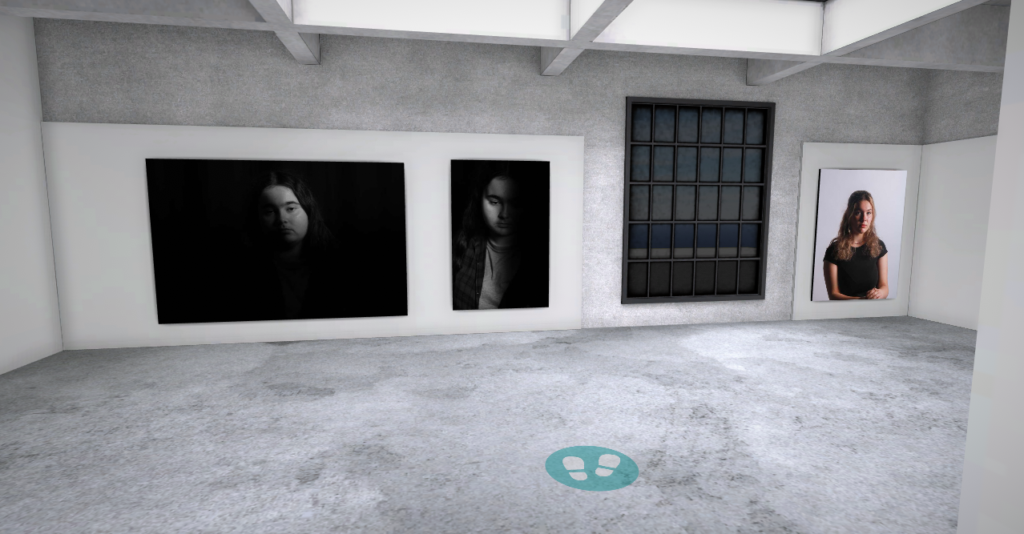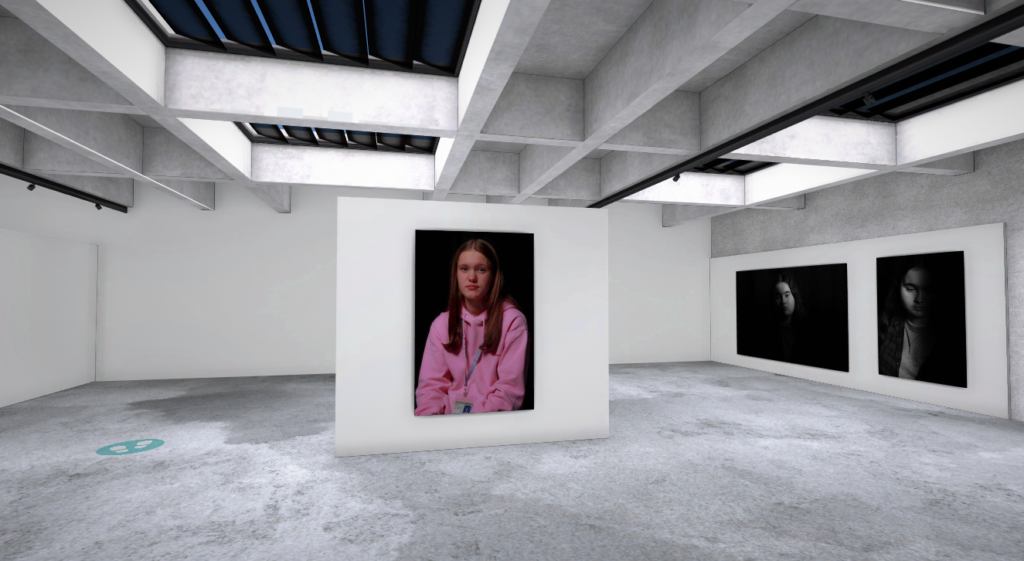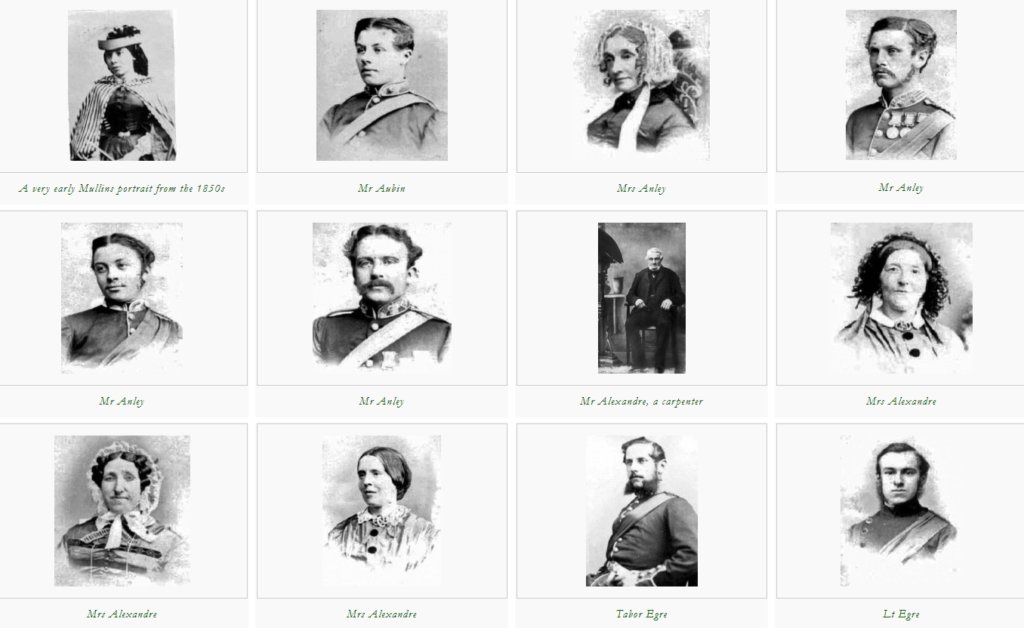Henry Mullins started working at 230 Regent Street in London in the 1840s and moved to Jersey in July 1848, setting up a studio known as the Royal Saloon, at 7 Royal Square. Initially he was in partnership with a Mr Millward, about whom very little is known. By the following year he was working alone and he continued to work out of the same studio for another 26 years.
For a brief period in the 1860s he also worked in London, but judging by the collection of his photographs which is now held by La Société Jersiaise, he found plenty of willing sitters in the island prepared to pay half a guinea (promoted as “one half of that in London”) to have their portrait taken by him.
Multi Portrait technique-a technique used under licence by Henry Mullins
Henry Mullins, the renowned headshot photographer, was born on June 12, 1975, in Los Angeles, California. From an early age, he exhibited a passion for creativity and art, particularly in the field of photography. As a teenager, he would spend countless hours exploring his neighborhood with his trusty camera, capturing the essence of the people and places he encountered.
After high school, Mullins pursued his passion for photography by enrolling in the prestigious School of Visual Arts in New York City. Here, he honed his skills under the guidance of some of the industry’s most renowned photographers. Inspired by his professors and surrounded by the vibrant art scene, Mullins began to carve his own path in the world of photography. Upon graduating, Mullins moved back to his hometown of Los Angeles, where he established his studio and started his career as a headshot photographer.
He quickly gained a reputation for his unique artistic vision, attention to detail, and ability to capture the true essence of his subjects. Mullins had a natural talent for making his clients feel comfortable in front of the camera, resulting in stunning headshots that truly represented their personalities and capabilities.
Mullins’ work soon caught the attention of casting directors, agents, and actors alike. His photographs graced the portfolios and websites of numerous Hollywood celebrities, catapulting him to the top of his field. His ability to capture an actor’s true essence in a single frame earned him accolades and made him one of the most sought-after headshot photographers in the industry.
Throughout his career, Mullins collaborated with numerous acclaimed actors, directors, and production teams. Not only did he provide stunning headshots, but he also worked on set, capturing behind-the-scenes moments and promotional images for various films and television productions.
In addition to his commercial success, Mullins dedicated his time to giving back to the community. He conducted workshops and mentoring programs for aspiring photographers, serving as an inspiration for the next generation of talent. Mullins believed in nurturing young minds and encouraging them to unlock their artistic potential
Henry Mullins’ passion, dedication, and artistic eye revolutionized the world of headshot photography. His ability to showcase the true essence of his subjects made him a trusted collaborator for actors, models, and performers worldwide. Today, his legacy lives on through the countless aspiring photographers inspired by his work and the impact he made on the industry as a whole.
Henry Mullins, a highly prolific photographer, made an indelible mark on the Societe Jersiase Photo-Archive, amassing a collection of over 9,000 portraits of Jersey Island residents. The period in which he operated, from 1852 to 1873, coincided with a population of approximately 55,000. The surviving record of his work, found in his meticulously curated albums, reveals Mullins’ deliberate organization of his subjects according to their social standing, thus imbuing his portraits with a subtly political narrative.
Henry Mullin’s famous Images:
Henry Mullins’ work of 19th century Jersey is highly politicised, taking images of Jersey political elite (E.g. The Bailiff, Lt Governor, Jurats, Deputies etc), mercantile families– involved in trade (Robin, Janvrin, Hemery, Nicolle etc.), military officers and professional classes such as doctors, bankers and advocates. He organised these images from the most powerful roles, to the lesser powerful.
MOODBOARD OF HIS WORK:
These images are only a small portion of the large amount of images he took, these images would then be placed into an album, presented as Cartes de visite:
Cartes de visite:
Mullins specialised in Cartes de visite, in which the photographic archive of La Société contains a large amount of these (online archive being 9600 images). The Cartes de visite small albumen print. This is described as the first commercial photographic print produced using egg whites to bind the photographic chemicals to the paper which is quite interesting as this is would be very rare to see now. Because the image emerges as a direct result of exposure to light, without the aid of a developing solution, an albumen print may be said to be a printed rather than a developed photograph. Usually, this consisted of a small thin photograph mounted onto a thicker piece of card, however Mullins placed is work into an album.
Many of these images contained the island’s most affluent and influential people, alongside officers of the Royal Militia Island of Jersey, for whom it was very popular to have portraits taken, as well as of their wives and children. The images of the officers document the change in generations as they do not look like the general person today, showing the fashion for long hair, whiskers and beards in the mid-1800s. Their appearance makes it difficult for the viewer to differentiate who is who as they were styled almost identically during this time.
Diamond Cameo:
This layout of final images is called a Diamond cameo due to the diamond-like shape produced by the placement of oval images. I like this technique as it is more unique and more appealing and eye catching to the eye as you can see all format and possible sides of his face allowing you to see every detail rather than a normal layout of images put together.




